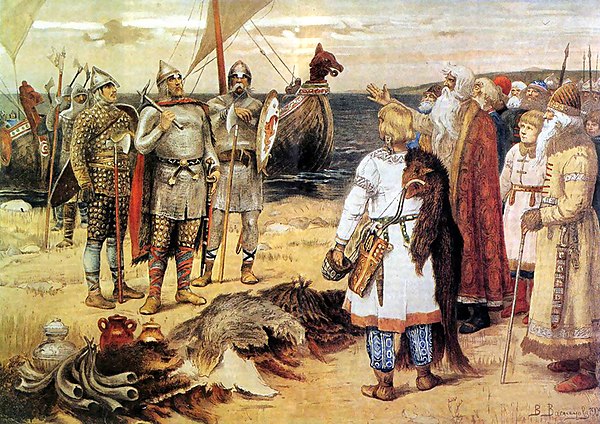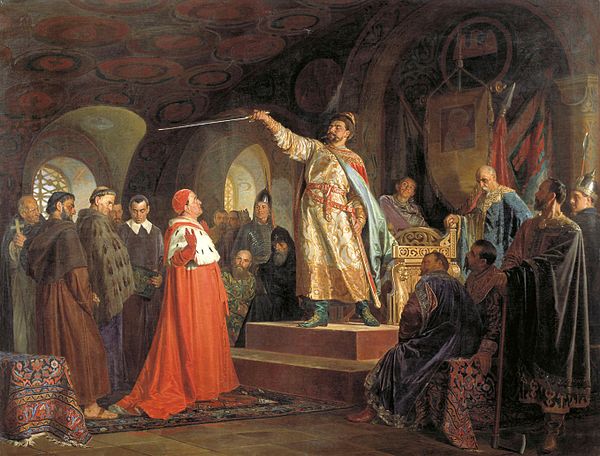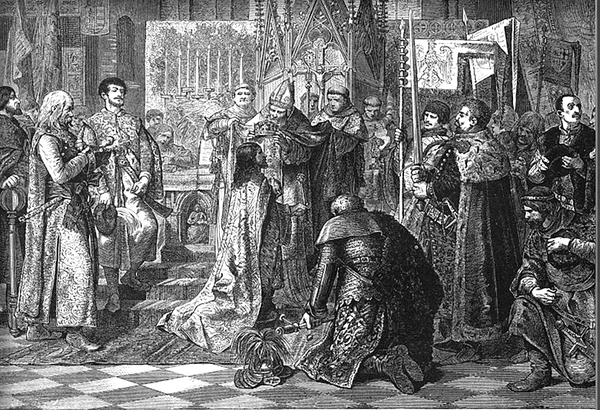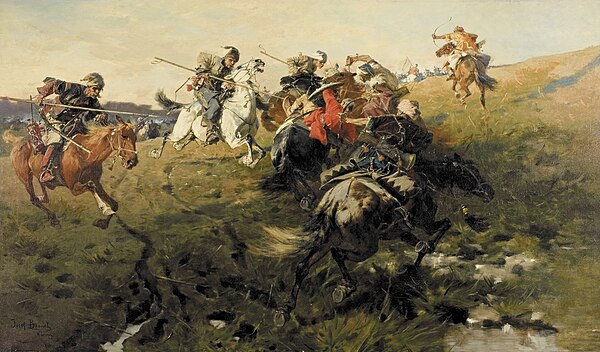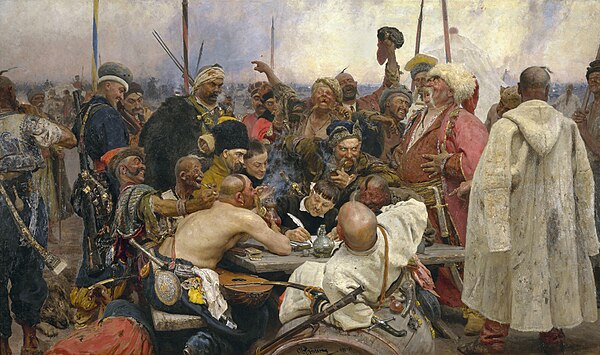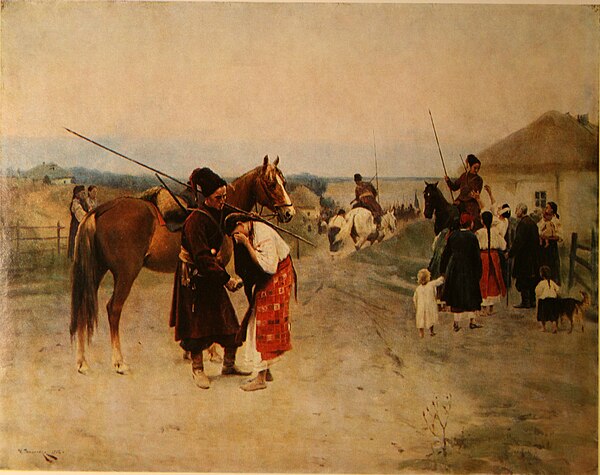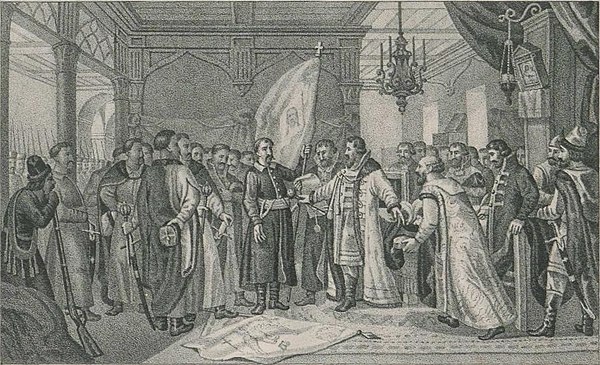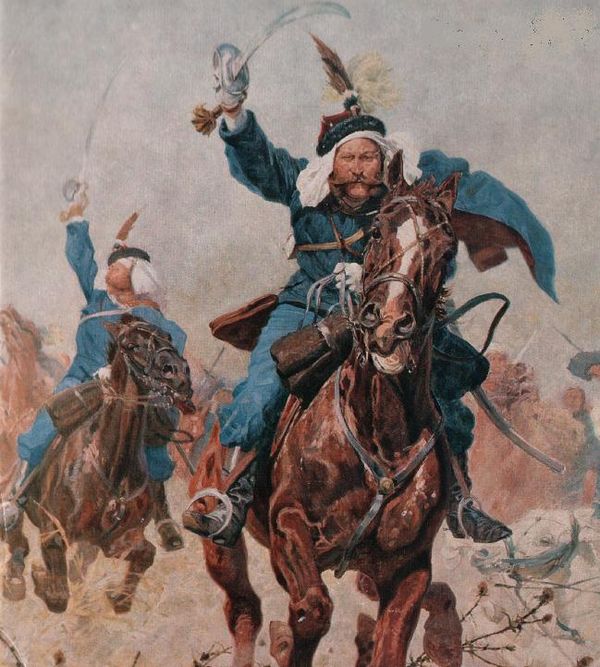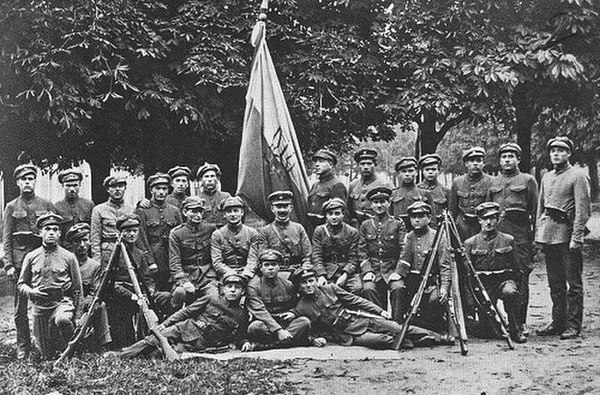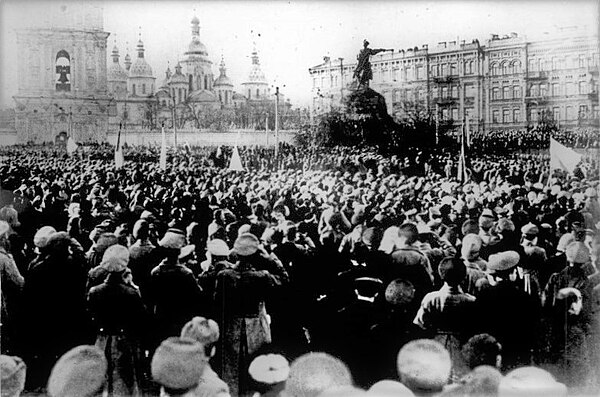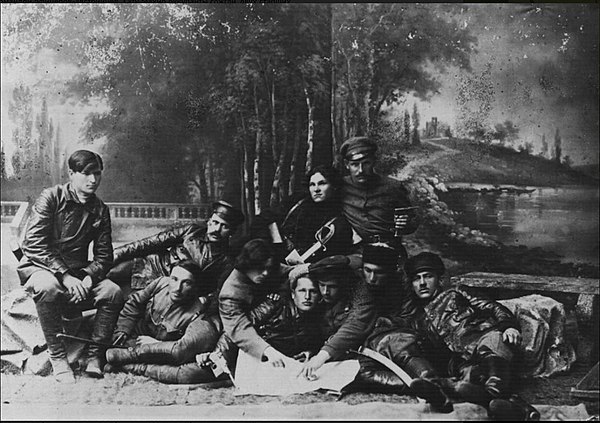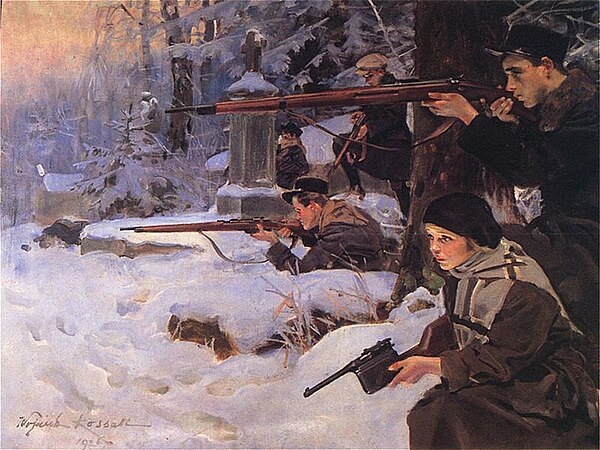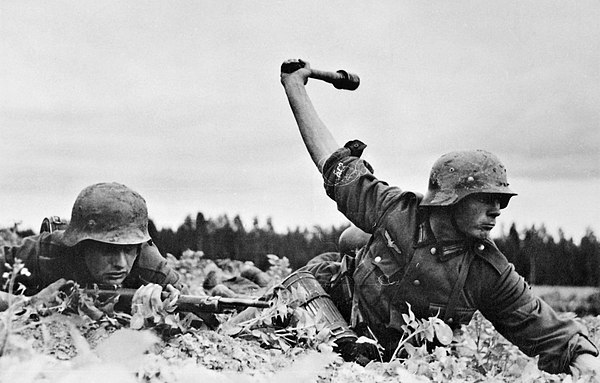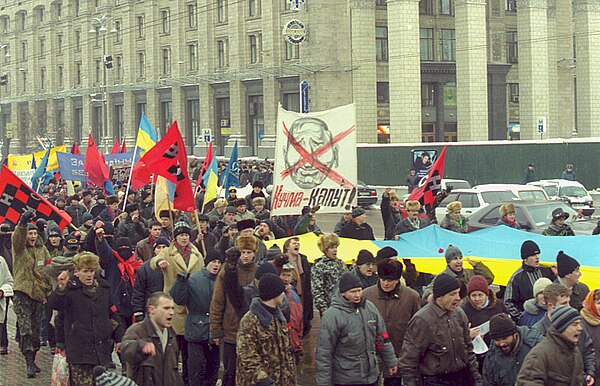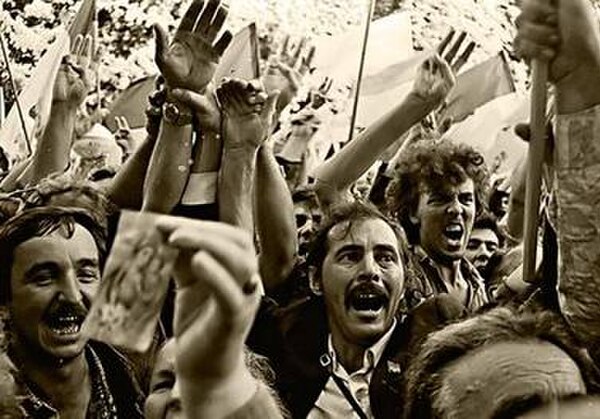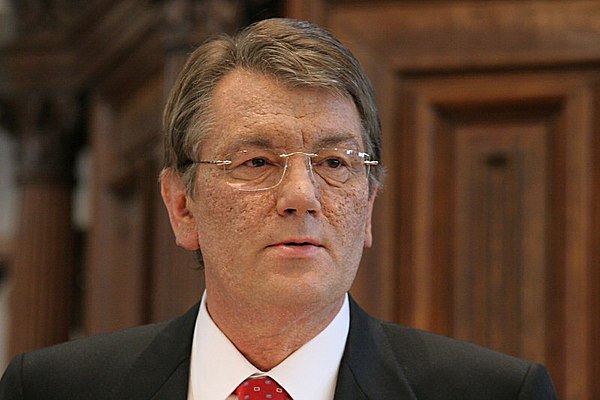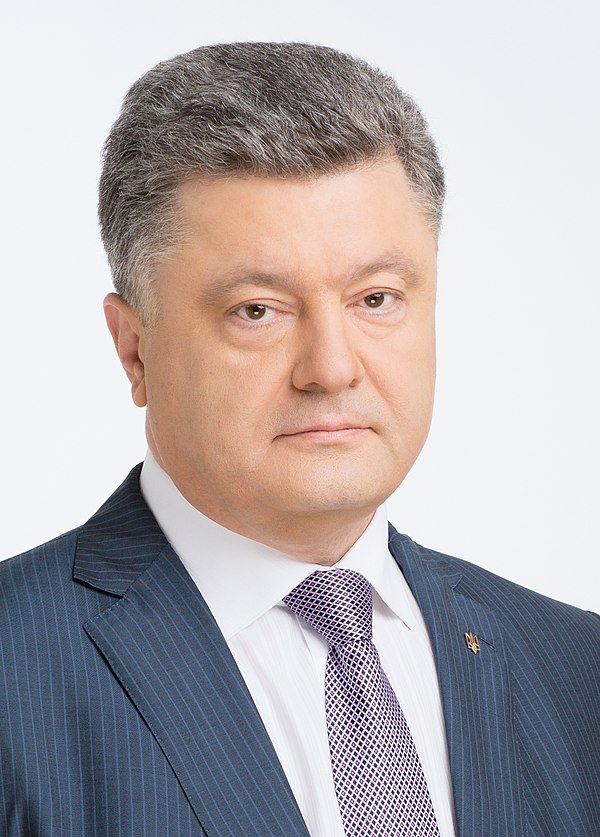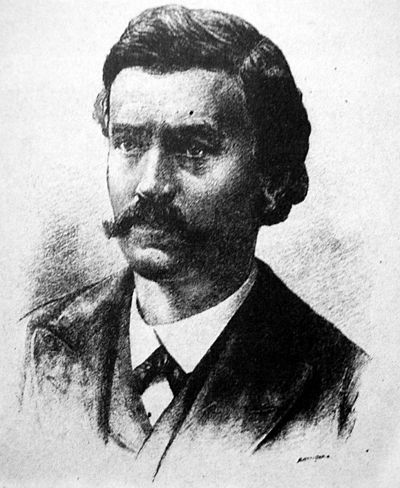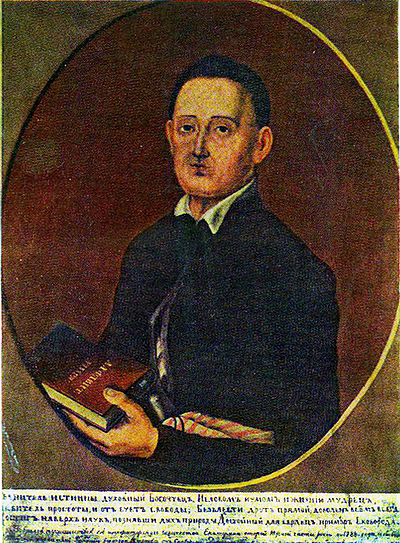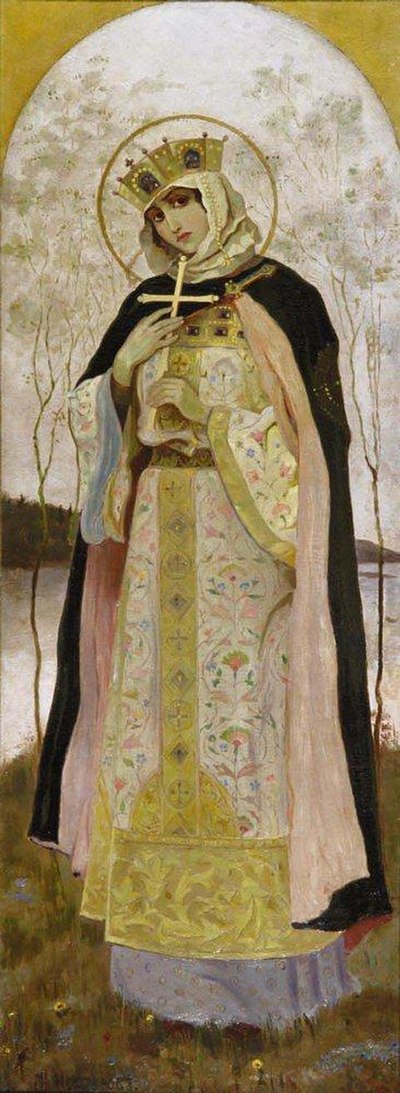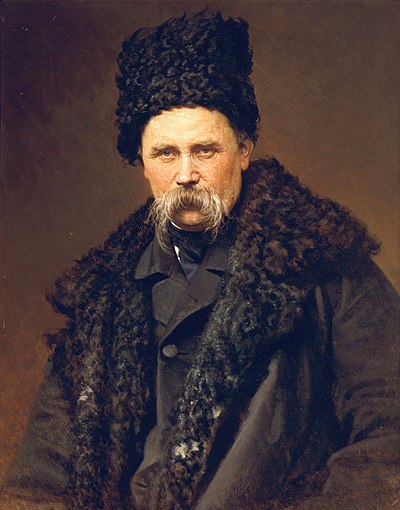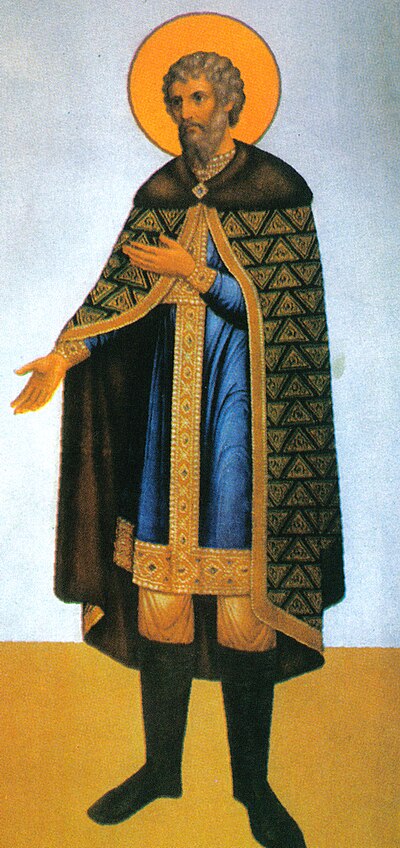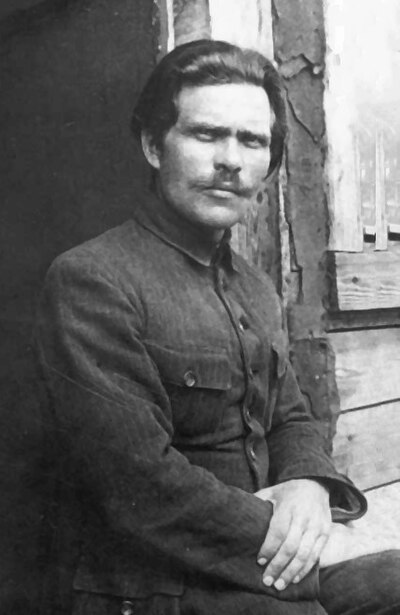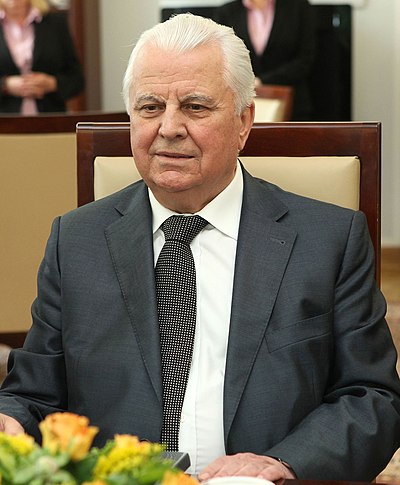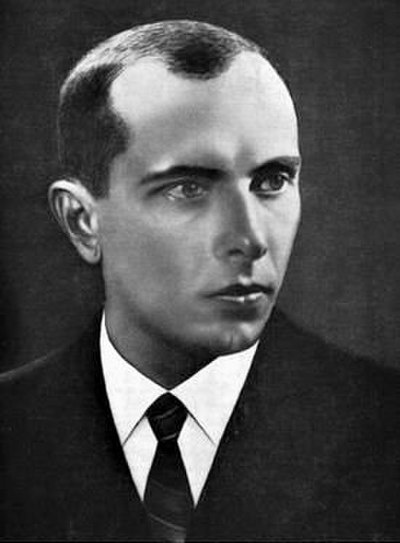The Revolution of Dignity, also known as the Maidan Revolution and the Ukrainian Revolution, took place in Ukraine in February 2014 at the end of the Euromaidan protests, when deadly clashes between protesters and the security forces in the Ukrainian capital Kyiv culminated in the ousting of elected President Viktor Yanukovych, the outbreak of the Russo-Ukrainian War, and the overthrow of the Ukrainian government.
In November 2013, a wave of large-scale protests (known as Euromaidan) erupted in response to President Yanukovych's sudden decision not to sign a political association and free trade agreement with the European Union (EU), instead choosing closer ties to Russia and the Eurasian Economic Union. In February of that year, the Verkhovna Rada (Ukrainian parliament) had overwhelmingly approved finalizing the agreement with the EU. Russia had put pressure on Ukraine to reject it. These protests continued for months; their scope widened, with calls for the resignation of Yanukovych and the Azarov Government. Protesters opposed what they saw as widespread government corruption and abuse of power, the influence of oligarchs, police brutality, and violation of human rights in Ukraine. Repressive anti-protest laws fuelled further anger. A large, barricaded protest camp occupied Independence Square in central Kyiv throughout the 'Maidan Uprising'.
In January and February 2014, clashes in Kyiv between protesters and Berkut special riot police resulted in the deaths of 108 protesters and 13 police officers, and the wounding of many others. The first protesters were killed in fierce clashes with police on Hrushevsky Street on 19–22 January. Following this, protesters occupied government buildings throughout the country. The deadliest clashes were on 18–20 February, which saw the most severe violence in Ukraine since it regained independence. Thousands of protesters advanced towards parliament, led by activists with shields and helmets, and were fired on by police snipers. On 21 February, an agreement between President Yanukovych and the leaders of the parliamentary opposition was signed that called for the formation of an interim unity government, constitutional reforms and early elections. The following day, police withdrew from central Kyiv, which came under effective control of the protesters. Yanukovych fled the city. That day, the Ukrainian parliament voted to remove Yanukovych from office by 328 to 0 (72.8% of the parliament's 450 members).
Yanukovych said that this vote was illegal and possibly coerced, and asked Russia for help. Russia considered the overthrow of Yanukovych to be an illegal coup, and did not recognize the interim government. Widespread protests, both for and against the revolution, occurred in eastern and southern Ukraine, where Yanukovych previously received strong support in the 2010 presidential election. These protests escalated into violence, resulting in pro-Russian unrest throughout Ukraine, especially in the southern and east regions in the country. As such, the early phase of the Russo-Ukrainian War soon quickly escalated into a Russian military intervention, the annexation of Crimea by Russia, and the creation of self-proclaimed breakaway states in Donetsk and Luhansk. This sparked the Donbas War, and culminated with Russia initiating a full-scale invasion of the country in 2022.
The interim government, led by Arseniy Yatsenyuk, signed the EU association agreement and disbanded the Berkut. Petro Poroshenko became president after a victory in the 2014 presidential elections (54.7% of the votes cast in the first round). The new government restored the 2004 amendments to the Ukrainian constitution that had been controversially repealed as unconstitutional in 2010, and initiated a removal of civil servants associated with the overthrown regime. There was also a widespread decommunization of the country.



